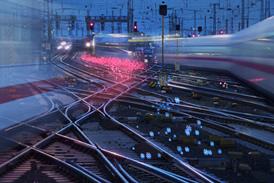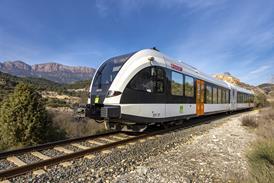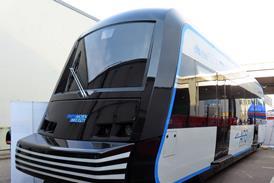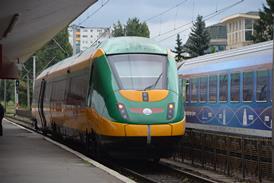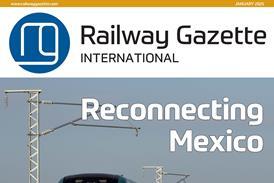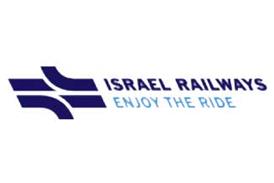TRADITIONAL approaches to asset maintenance based on fixed-interval component replacement and overhaul are not merely inadequate, they are a liability, AEA Technology Rail believes.
Maintenance management processes influence safety, reliability and cost in the highly capital-intensive rail industry, providing operators with an incentive to modernise the methods used. Practices are evolving with the adoption of sophisticated technology, and in recent years condition-based and reliability-centred maintenance have brought operators significant savings.
Through modelling of the complete maintenance process, AEA has found that small changes to key areas can bring valuable improvements. The company offers a three-day review of existing processes, allowing both parties to develop an understanding of systems and individual business requirements.
The Advanced Asset Maintenance approach developed by AEA combines condition-monitoring hardware and planning software with decision-support tools tailored to fit a customer’s specific requirements. AAM is intended to deliver savings in costs, time and materials, as well as increased asset utilisation and reliability. In particular, automated monitoring of engines, wheel profiles, brake pads and shoes can be used in conjunction with vehicle and trackside monitoring to provide real-time fault detection and analysis.
Modern monitoring methods generate large amounts of data, and decision-support tools must produce clear outputs to allow the right decisions to be made. AEA’s fleet management tools are designed to simplify maintenance scheduling and control, issuing job cards and producing records as well as managing warranties and stock control and providing a full audit trail.
AEA Technology Rail, UK
CAPTION: AEA’s Advanced Asset Maintenance approach uses a range of monitoring and tracking software, including TreadVIEW to monitor wheel wear profiles (left) and the Demon diesel engine monitoring system used on XPT power cars in New SouthWales (right)

